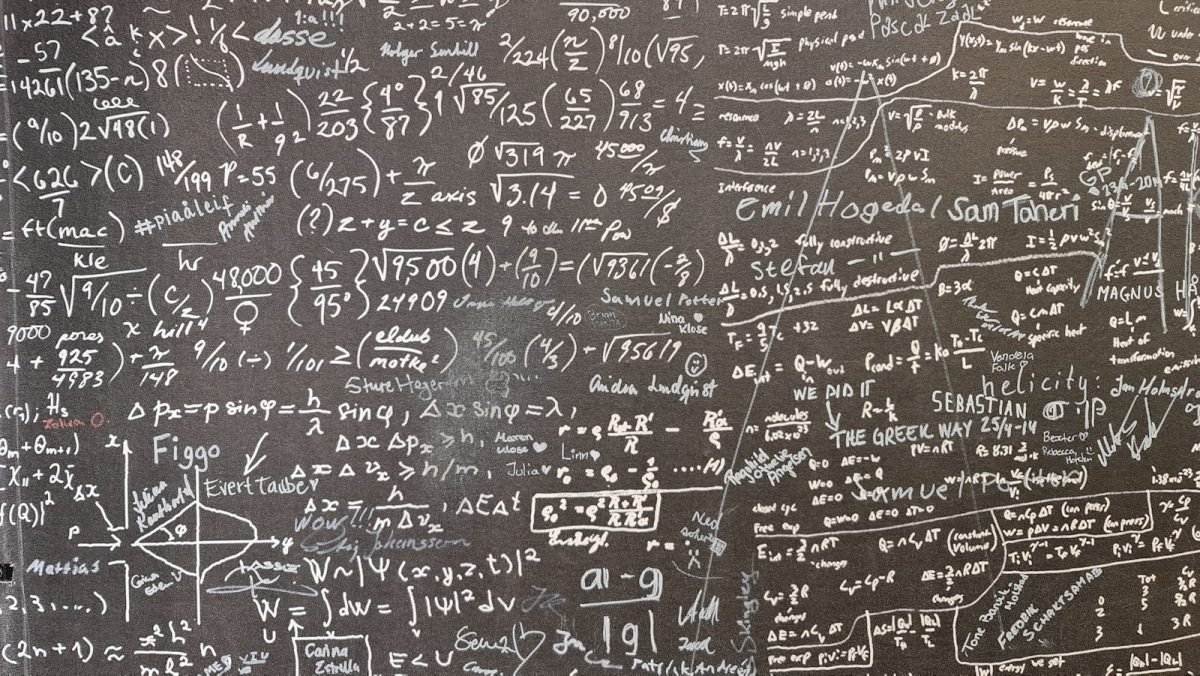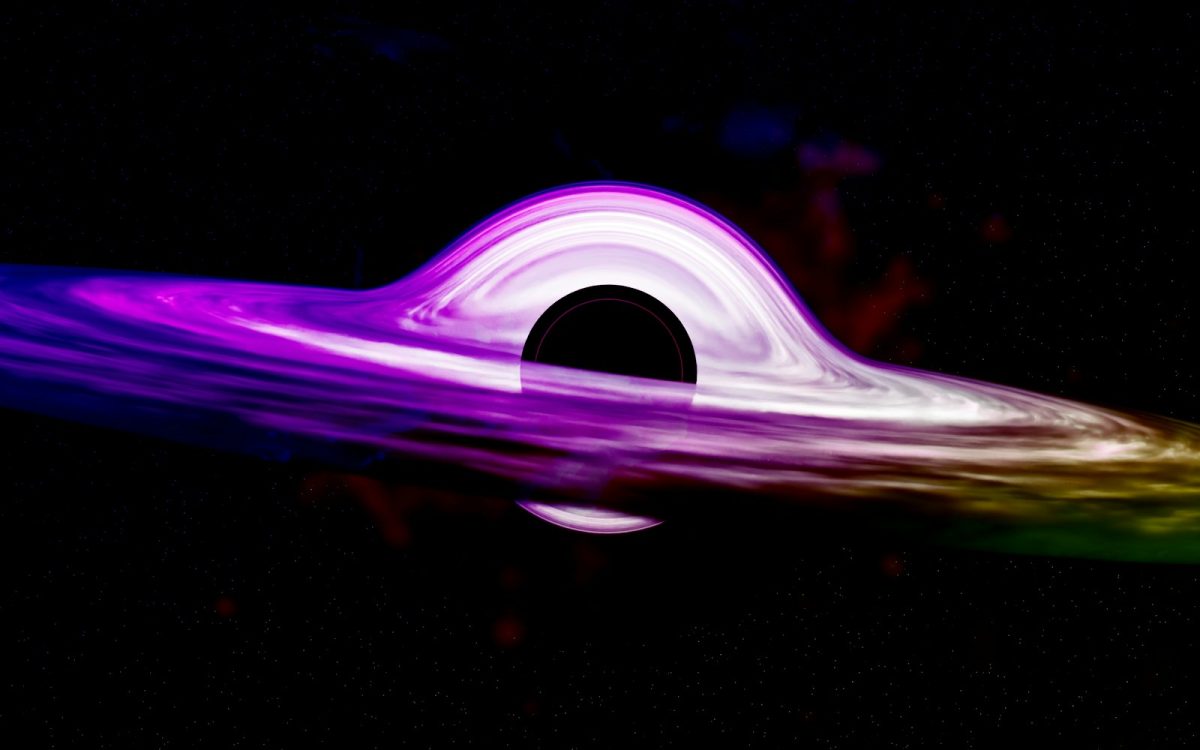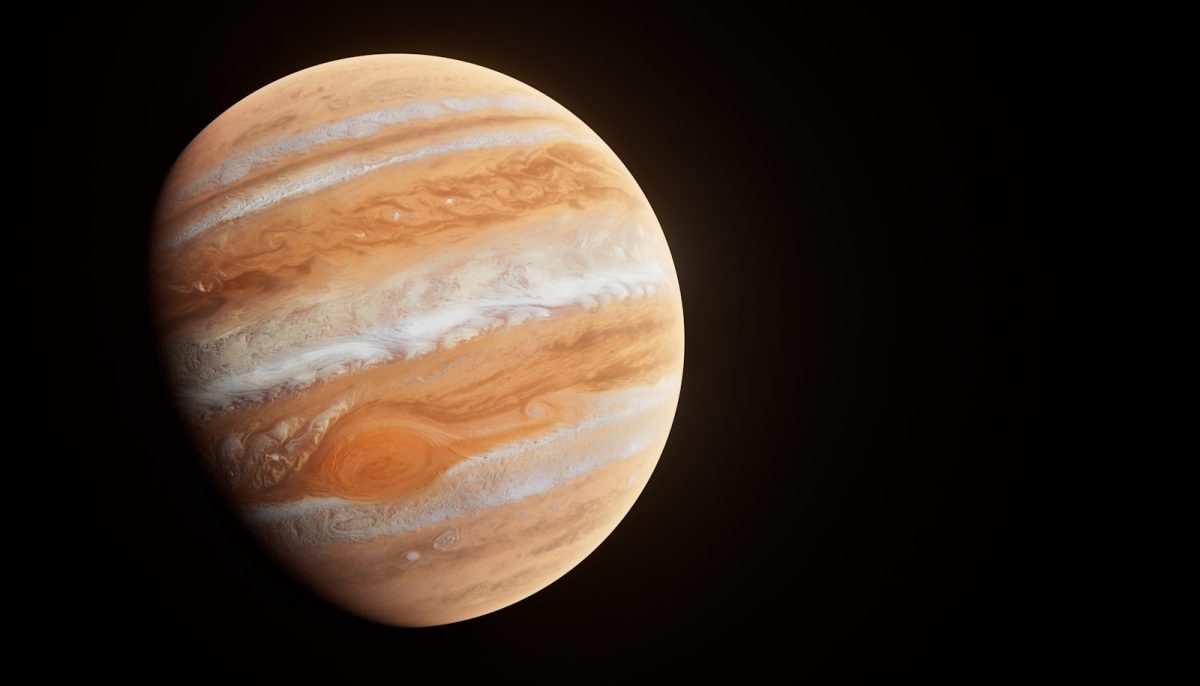Ionic propulsion has been around for a while but hasn’t been experimented with until just recently.
Ionic propulsion, in its most simple form, is the ionization of atoms in the air.
How it works:
To create ionic thrust, you need a massive battery and two poles connected to either end of the battery. As you complete the circuit, the ions make their way through the air and rip electrons from their oxygen atoms. As the oxygen atoms lose electrons, they become positively charged and move to the negatively charged pole because of the magnetic field. As the positive oxygen atoms move towards the negative pole, they bump into the neutral oxygen atoms and move them closer to the other pole, creating thrust. (If this didn’t make any sense, watch the video!)
Related Stories
–https://science.nasa.gov/mission/dawn/technology/ion-propulsion/
–https://www.jpl.nasa.gov/nmp/ds1/tech/ionpropfaq.html
–https://www.esa.int/Science_Exploration/Space_Science/SMART-1/The_magic_of_ion_engines
–https://news.mit.edu/2018/first-ionic-wind-plane-no-moving-parts-1121
Take Action
–https://sec353ext.jpl.nasa.gov/ep/
–https://events.engineering.oregonstate.edu/expo2021/project/deep-space-propulsion-group
–https://www.mtu.edu/mechanical/research/thrusts/space-systems/






